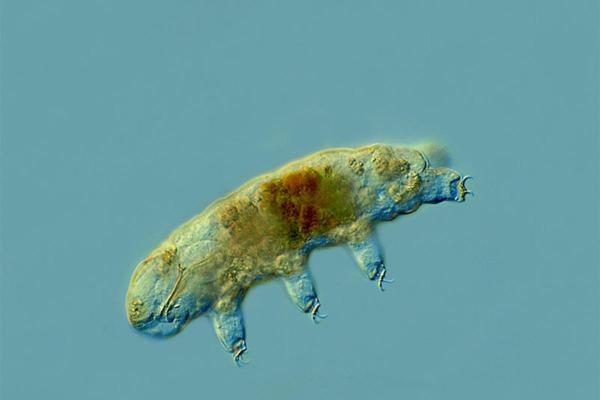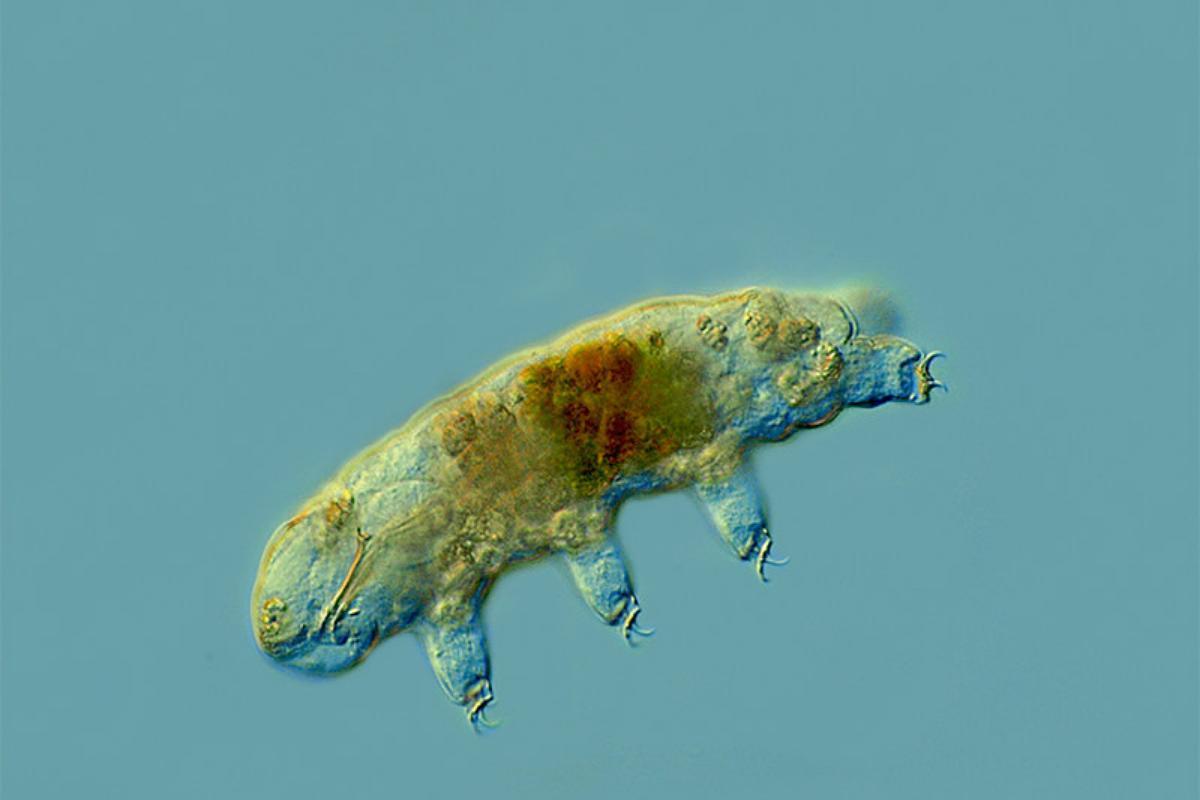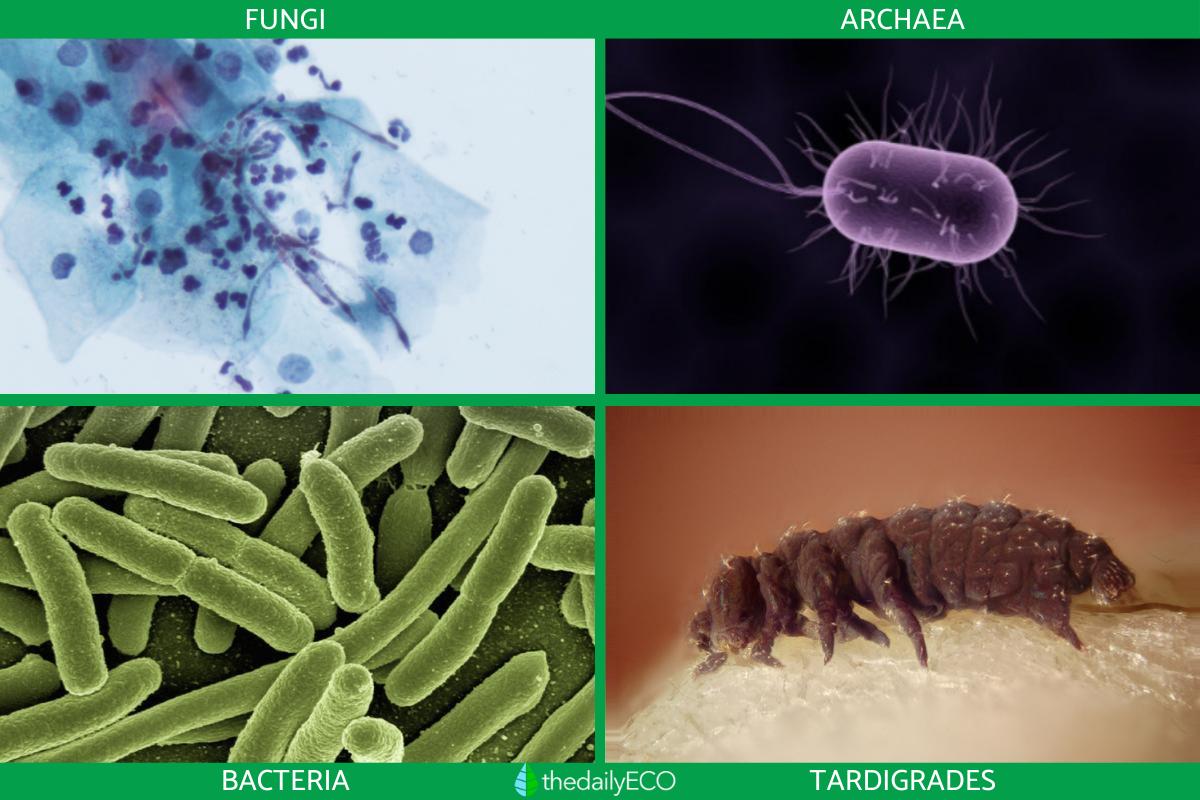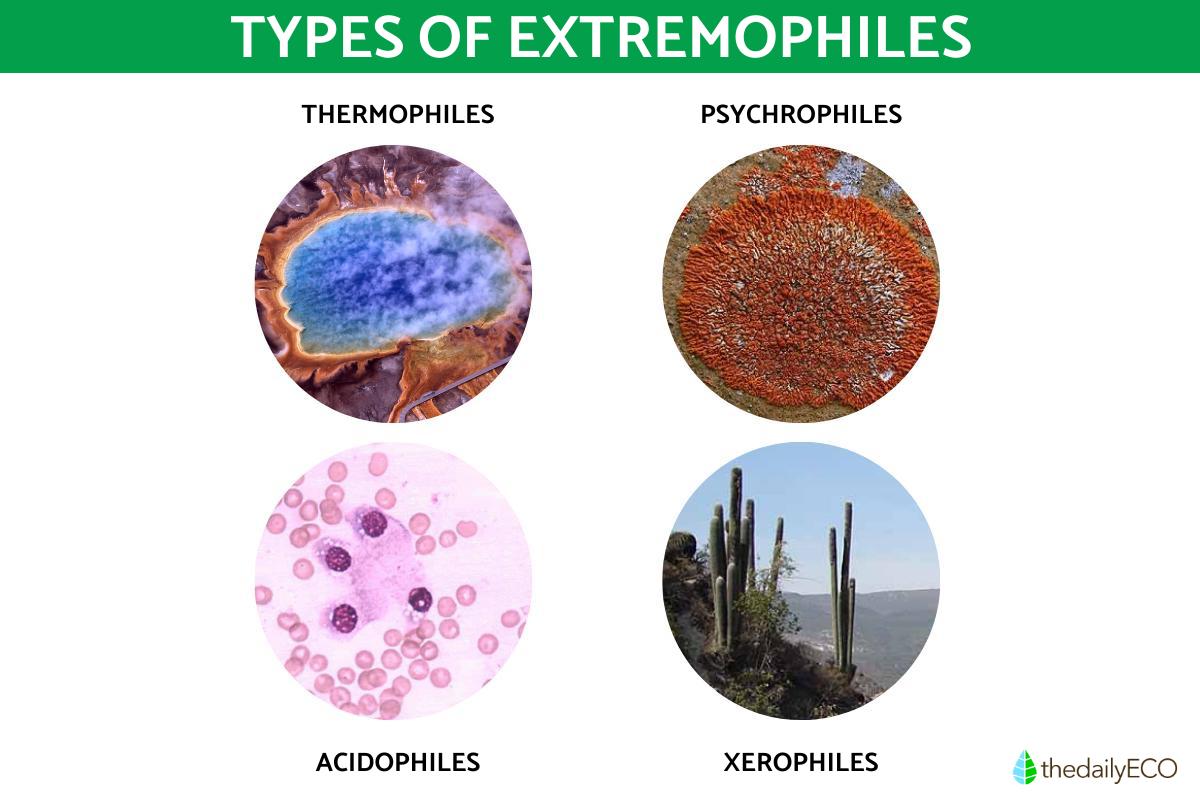What Are Extremophiles in Biology?


Some of the most extreme habitats in the world appear as if nothing can live in them. Whether due to high temperatures, acidity or salinity, among many other factors, life is sparse. This does not mean no life can survive in these environments. Organisms which can survive extreme conditions are known as extremophiles. Due to the nature of these extreme environments, much of the life that can survive there are microorganisms. This is not exclusively the case as there are some multicellular animals which are considered extremophiles. All have a much higher enzymatic capacity to allow for survival.
At thedailyECO, we learn more by asking what are extremophiles in biology? In addition to providing a definition, we discover types and examples of organisms which can survive in extreme environments.
What are extremophile organisms in biology?
Extremophiles are organisms that can withstand extreme conditions in which other organisms would otherwise die. Such conditions can vary in terms of their extreme nature. Temperature is a common reason why an environment is considered extreme, with very high and very low temperatures prohibiting the majority of organisms from surviving in them.
Other factors which influence whether an environment is considered extreme include acidity, salinity, presence of gases or even radioactivity. We will look at these different environments in the sections below.
All extremophiles are small in size, with most being microscopic. This is not exclusive and there are some animals which are considered extremophiles, although this is rare. The types of extremophile include:
- Fungi: in the Fungi kingdom are eukaryotic organisms that include yeasts, molds and mushrooms, characterized by their heterotrophic nutrition. Extremophilic fungi are usually xerophilous, meaning they are adapted to very dry habitats such as different types of forests.
- Archaea: a domain of prokaryotic unicellular organisms distinguished by their unique genetic machinery and specialized cell membranes, adapting to living in extreme environments as well as in more moderate conditions. Discover what organisms are classified in the domain Archaea with our related guide.
- Bacteria: most extremophile organisms belong to this group. Learn more about these extremophilic organisms with our article explaining the difference between viruses and bacteria.
- Tardigrades: commonly known as water bears (phylum Tardigrada). They are the most resistant animals in the world because they can survive so many extreme conditions. In order to overcome them, they go through a peculiar state known as cryptobiosis, in which their metabolism stops. Until conditions are again suitable, their metabolism is reactivated. This allows them to protect themselves against desiccation, losing 80% of their weight in water to do so. This state is also called anabiotic. In addition to tolerating desiccation, they can withstand temperatures from -273 degrees Celsius to 151 degrees Celsius, also in cryptobiosis.

Characteristics of extremophiles
Extremophiles have very particular characteristics which allow them to live in extreme environments, but these are specific to said environments and individual species. Some of the most important characteristics of extremophiles are the following:
Where do extremophiles live?
Extremophiles can live in places that are unthinkable for other living beings. Some examples of these places are:
- Deserts: where there is very little water.
- Volcanic or submarine hydrothermal sources: with temperatures higher than those on the surface. Also contain high levels of minerals such as sulfide, chlorine, iron and others.
- High-saline environments: in waters or soils with high salinity and hydrothermal vents.
- Composts and mine slags: which also contain compounds which are toxic to other organisms.
- Extreme pH environments: such as very acidic or very alkaline waters.
- Calcareous soil: soils dominated by calcium carbonate.
- Arctic Ocean and glaciers: they can also live in very deep ocean beds, where there are pressure levels of millions of tons.
- Outer space or underground caves: also located in rocks under the Earth's surface.
Feeding of extremophiles
The diet of extremophiles depends on the group to which they belong and they normally consume whatever the environment provides. Since extremophiles live in very peculiar places, their diet is also varied.
- Algae and some bacteria can carry out photosynthesis to feed themselves. this article that we recommend.
- Bacteria associated with metals can feed on them.
They can also feed on decomposing matter, organic or inorganic compounds, salt, petroleum or chemicals that are in the environment.
Other characteristics of extremophiles
These organisms have a much higher enzymatic capacity and stability under extreme conditions. These enzymes are known as extremozymes and have been widely used in biotechnology. Extremozymes can be of different types, and each one processes a different substrate. For example, proteases process proteins. Examples of extremophilic enzymes include:
- Proteases
- Cellulases
- Lipases
- Amylases
- Chitinases
- Dehydrogenases
- Glycosylhydrolases
Types of extremophiles
Below we present some examples of extremophile organisms and how they can be classified:
- Thermophiles: survive at very high temperatures, specifically above 65ºC. They feed on inorganic substances and have enzymes to withstand the temperatures.
- Psychrophiles: live in very cold aquatic environments, from -24.4ºC to 5ºC. They have developed antifreeze enzymes to survive cold temperatures. Cold temperatures are more common than warm temperatures on our planet. In these cold areas there are also usually high pressures and high salt concentrations.
- Alkaliphiles: survive in environments with a pH higher than 9. They have to isolate their interior with the help of enzymes so that their cell functions correctly.
- Acidophiles: live in a pH close to 5, since there are almost no organisms that can live at pH 0. These acidic environments are normally the result of geochemical activity such as volcanoes.
- Xerophiles: live in places without water or can survive for long periods without it. They are often constantly exposed to the sun. They are usually fungi, cacti, lichens and algae.
- Metallophiles: live where there are high concentrations of metals, including heavy metals. Some of the metals which are typical of extreme environments include zinc, lead, chromium, nickel, copper and others. They manage to survive by reducing the metals to a lower bioactivity.
- Halophytes: tolerate high amounts of salinity. They can tolerate waters of up to 20% salinity, although how much this depends on the organism. They need to accumulate different compounds in their cytoplasm to regulate themselves osmotically.
- Piezophiles (or barophiles): need high pressures to live, greater than 1 atm. They can be found at depths of between 5,000 t0 10,000 meters, usually depths associated with the seabed.
- Polyextremophiles: survive a wide variety of extreme conditions, such as outer space, cold, dry temperatures and a lack of oxygen.

Biotechnological applications of extremophiles
Extremophiles have great value for human development because they can solve various problems that we have on earth. Research into the application of information learned from studying extremophiles is in its infancy, but there are some areas where their use has been implemented. They include:
Industrial applications
Using extreme enzymes, industrial reactions can be catalyzed for the production of paper, sweeteners, detergents, foods, wine and dairy products. Other industries which can use these enzymatic processes include textile processing, oil extraction, biofuel production, sun protection and cosmetics. They can also be used for waste processing, bioremediation and industrial wastewater treatment.
Medical applications
The use of these extremophilic organisms also has applications in the medical and laboratory fields. They can be used for PCR reactions in molecular biology, for disease detection and for drug development. Again, these studies are in their relative infancy, so it will be amazing to think what advancements can be made thanks to the study of extremophiles in biology.
You can learn more about how these applications can be used sustainably with our article asking what is green biotechnology?
If you want to read similar articles to What Are Extremophiles in Biology?, we recommend you visit our Biology category.
- National Geographic. (2018). Extremophiles 101
https://www.nationalgeographic.es/video/tv/extremofilos-101 - Ramírez, N., Serrano, J. A., & Sandoval, H. (2006). Extremophilic microorganisms. Halophilic actinomycetes in Mexico. Mexican Journal of Pharmaceutical Sciences, 37(3), 56-71.







